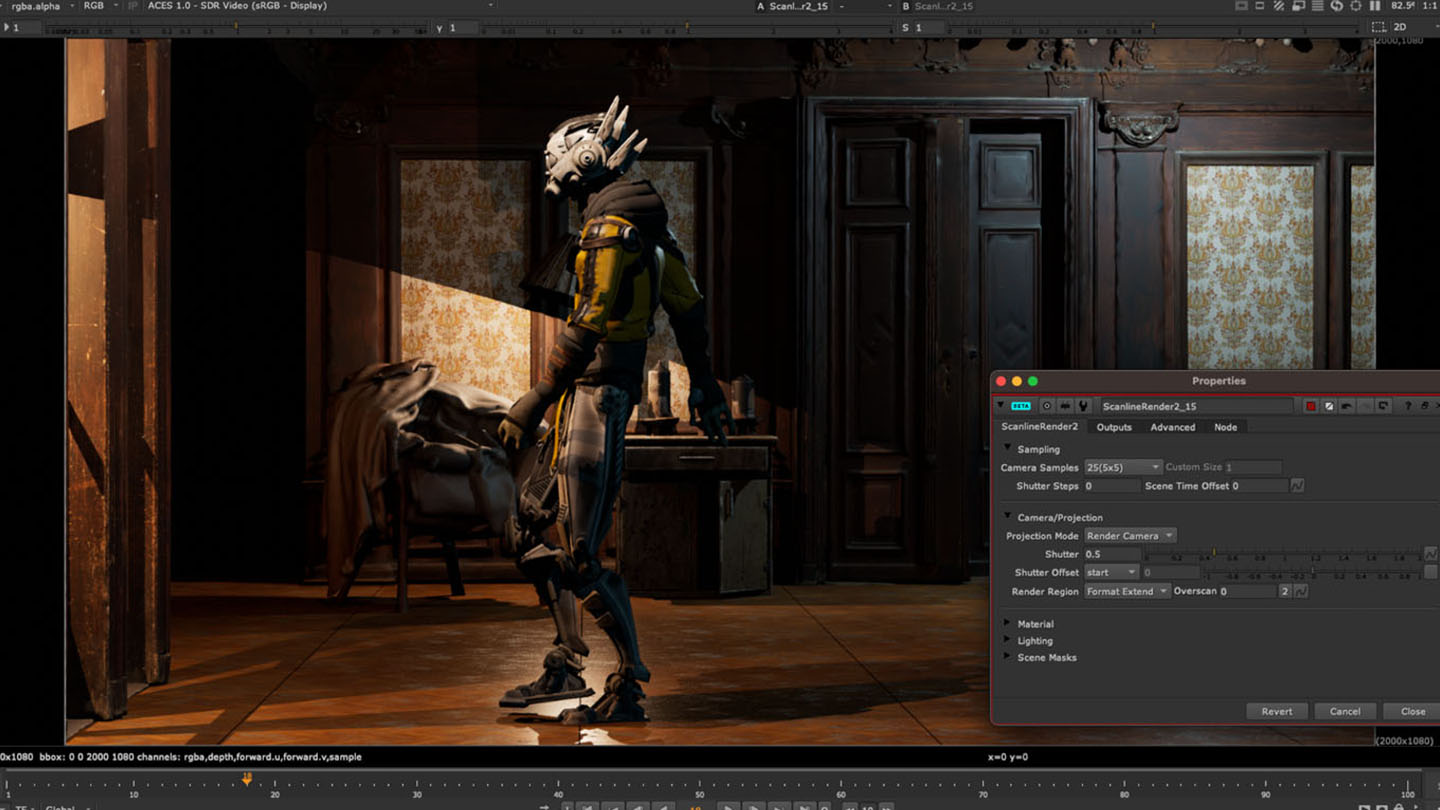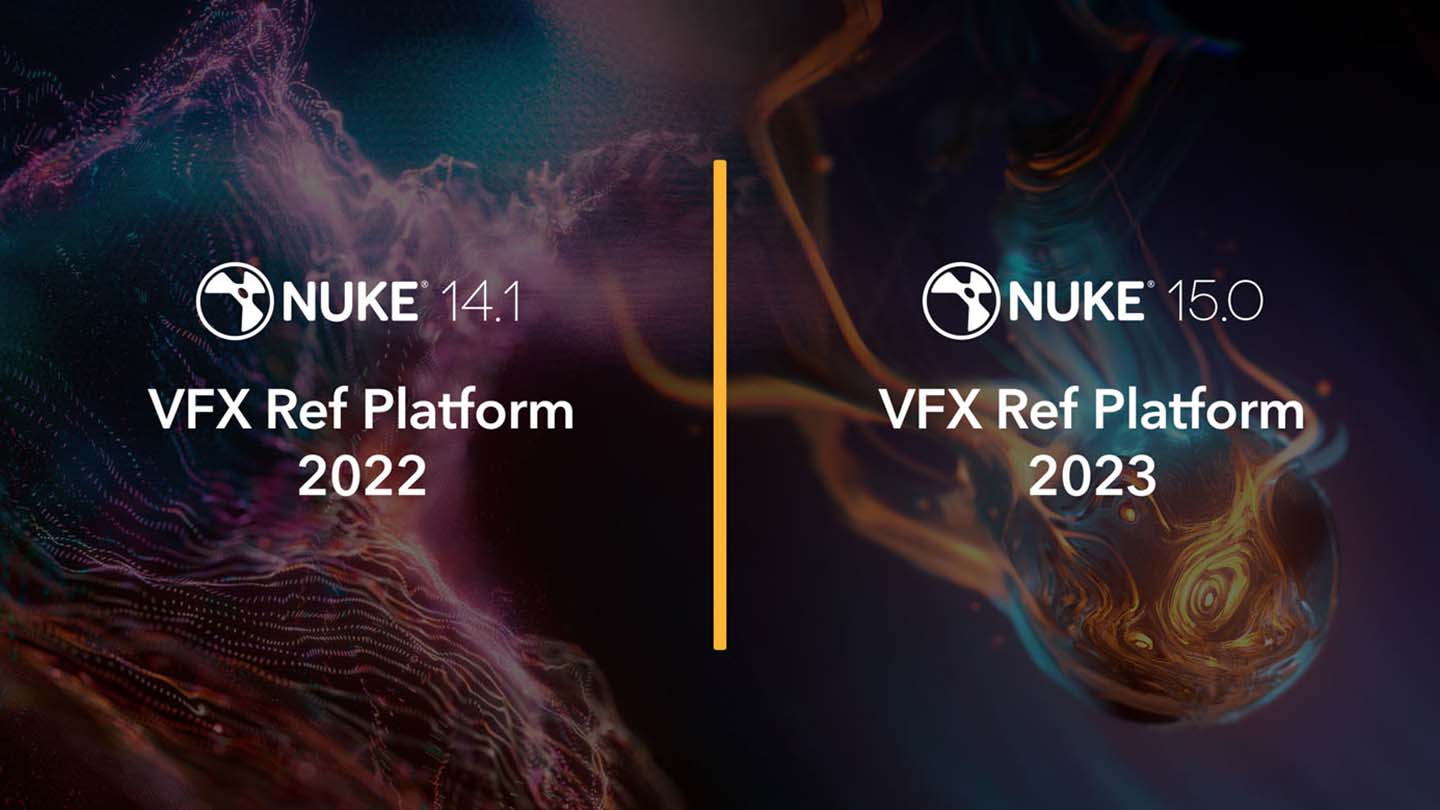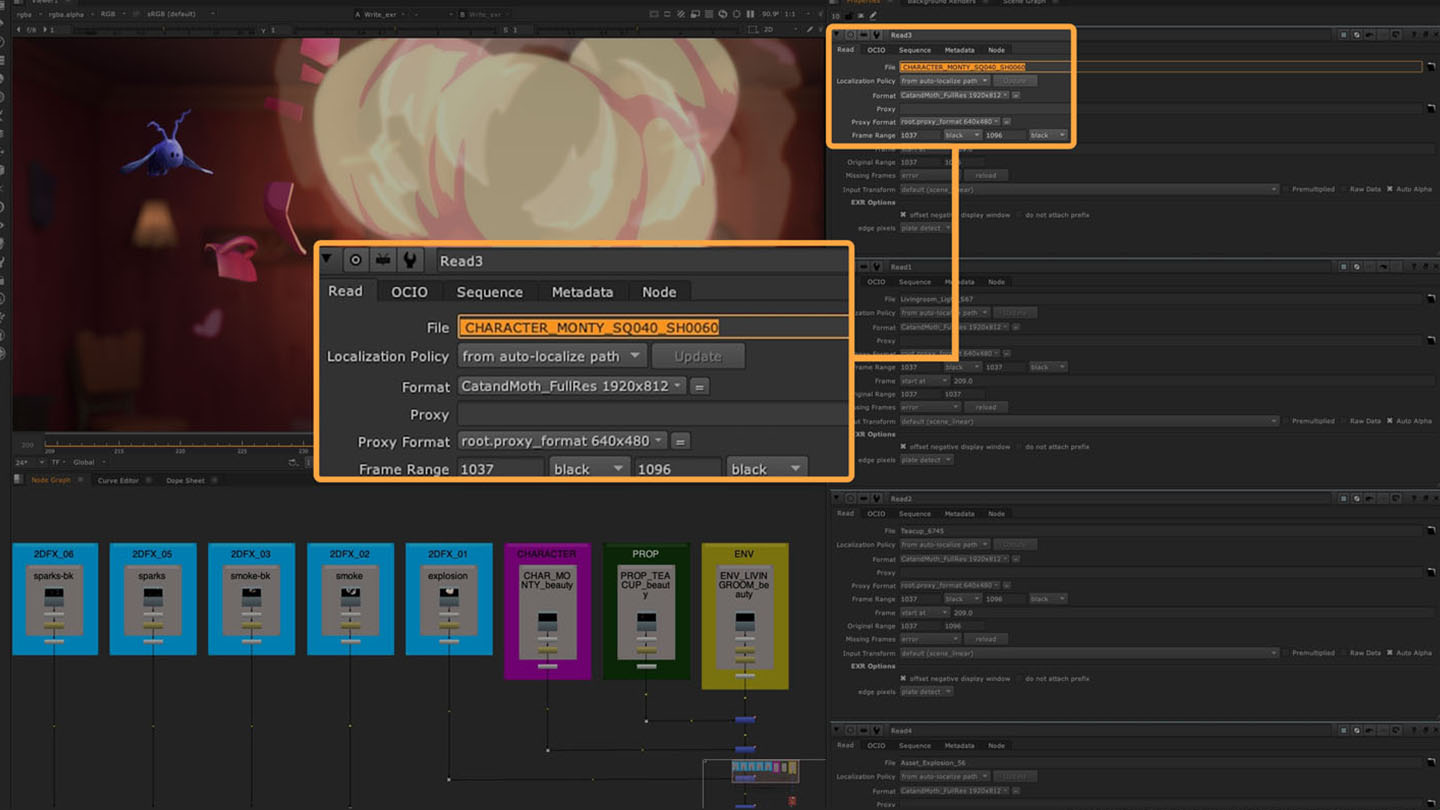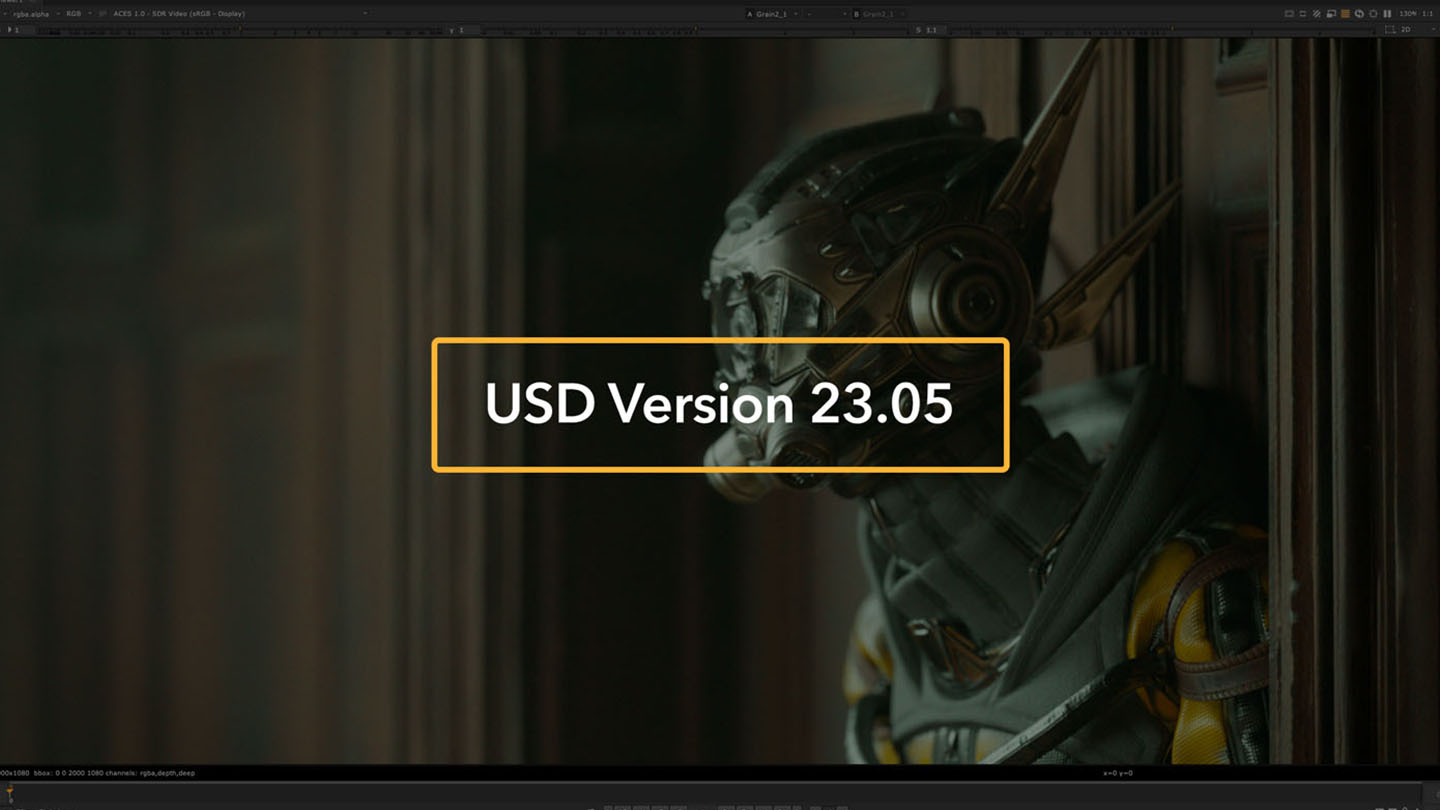Why were Nuke 15.0 & 14.1 released at the same time?
Wondering why two versions of Nuke were released at the same time? Read on for the story behind the Nuke 15.0 & 14.1 dual release.
Watch our demo for a full walkthrough of the updates.
Nuke subscribers may have noticed that there were a grand total of 30 updates in the year between the release of 14.0 and 14.1 & 15.0. Why so many? On top of the new features and improvements in the larger releases, our engineers work year-round to implement the feedback and suggestions provided by the artists and studios who spend as much time in Nuke as we do. Our goal is to continuously shape and enhance Nuke to be the most powerful tool it can be for all VFX users – from freelance compers to studio sups and technical directors.
It’s this goal that led us to the decision to release the two new versions at the same time. We want to make sure that Nuke is adapted to the current needs of both studios and artists, without any compromises. Here are the details…

With CentOS 7 reaching End of Life in June 2024, we've replaced it with Rocky 9 in Nuke 15.0, to stay up-to-date with VFX Reference Platform 2023. Lots of software is developed following these guidelines, which means a lot of studios will need a sizable system migration.
If you’ve got projects running on CentOS 7 and VFX Reference Platform 2022, but you still want to benefit from Nuke 15.0’s new performance updates and workflow improvements — that’s where the dual release steps up.
Still working on projects running on CentOS? No problem
The double-version launch means that studios can update to Nuke 14.1 to experience enhanced workflows and more efficient review sessions. Artists can complete existing projects while pipeline devs can test software, prepare the pipeline, and begin to implement the OS migration.
The updates in this release give studios more time to prepare for the task of migrating entire pipelines to Rocky 9, making the transition smoother for everyone involved.

With Nuke 14.1, you can finish projects running on VFX Reference Platform 2022 and CentOS 7. And then when your studio is ready to make the jump to Rocky 9, Nuke 15.0 is ready and waiting to make your pipeline transition easier with full VFX Reference Platform 2023 support.
Nuke new features and OpenAssetIO
Other new features in the Nuke 15.0 & 14.1 dual release include native Apple silicon support, which offers up to 20% faster processing speeds, plus continued evolution of the new beta 3D system. What’s more, training speeds in Nuke’s CopyCat machine learning tool have been boosted by up to 2x.

Nuke 15.0 & 14.1 also feature a tech preview of OpenAssetIO to support pipeline integration and streamline workflows. Developed by Foundry, this open-source interoperability standard for tools and content management systems will make it easier for artists to locate and identify the assets they need.
USD in Nuke 15.0 & 14.1
The dual release also includes USD-based 3D system improvements, currently running in beta alongside the previous 3D system to enable artists to test it and give feedback. Universal Scene Description (USD) is a robust, scalable and open-source framework developed by Pixar for packaging, sharing, and manipulating data in 3D computer graphics pipelines.

In Nuke 15. & 14.1, USD has been updated to version 23.05. Taking a USD-based approach enables artists to bring much larger assets and scenes into Nuke. And USD isn’t just limited to Nuke. Katana, our lighting and LookDev tool, and Mari, our digital 3D texture painting software, are also evolving to further support this important industry standard.
Ready to get started with Nuke 15.0 and 14.1?